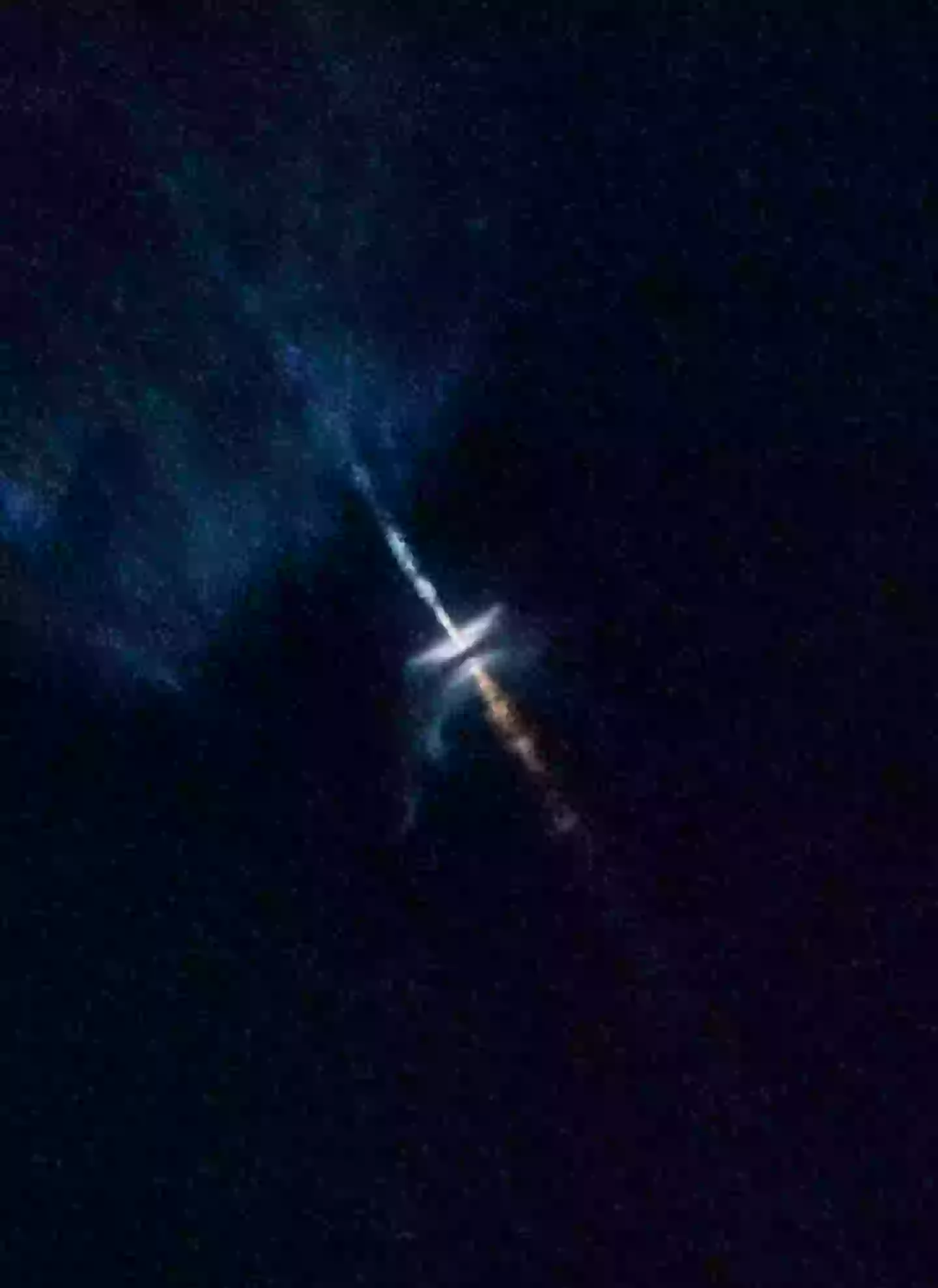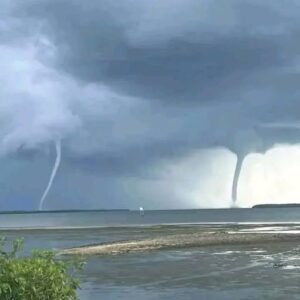NASA has shown off one of its most breathtaking photos, and it has people questioning everything they know about space. Technology is quite a wondrous thing. As a tool, it has
allowed us to reshape the world and connect to each other, for better or worse. But when technological advancement are applied to the cosmos, things really do become
fascinating. NASA and other space agencies around the world have been looking into the skies and deep space for decades at this point, and yet the images are still quite the sight.
Knowing just how many amazing pictures they have, NASA has a website dedicated to
the ‘astronomy picture of the day’ and a recent snap has started doing the rounds on social media.

Now due to the vastness of space, we aren’t *actually* looking at the exact moment the star was born, but rather, how this cosmic creation would have looked like when it
happened thousands, if not millions of years ago. It’s basically a whole lot of timey-stuff over deep space. Explaining what you are actually looking at, when the image featured on
February 19 2025, the page explained: “The observations show, among other things, that large dust grains are more concentrated into a central disk where they can form planets.
“The featured image from Webb shows many attributes of the active HH-30 system. Jets of particles are being expelled vertically, shown in red, while a dark dust-rich disk is seen
across the center, blocking the light from the star or stars still forming there.

“Blue-reflecting dust is seen in a parabolic arc above and below the central disk, although why a tail appears on the lower left is currently unknown.” Though they seem to have a
pretty good idea of how that happens as things already stand. An explanation on their website reads: “Stars form in large clouds of gas and dust called nebulae that scatter the
visible wavelengths of light our eyes can see. Hubble’s capability to see ultraviolet, visible, and near-infrared light enables study of several aspects of star formation. “Young stars
shine brightly in ultraviolet light, while visible light reveals the structure of star-forming clouds, the shock waves induced by jets from forming stars, and colorful ionized gas in
the nebulae energized by young stars.” So yeah, hope that clears up any questions on stars – if you have any more, please turn to your local astronomer or astrophysicist.





